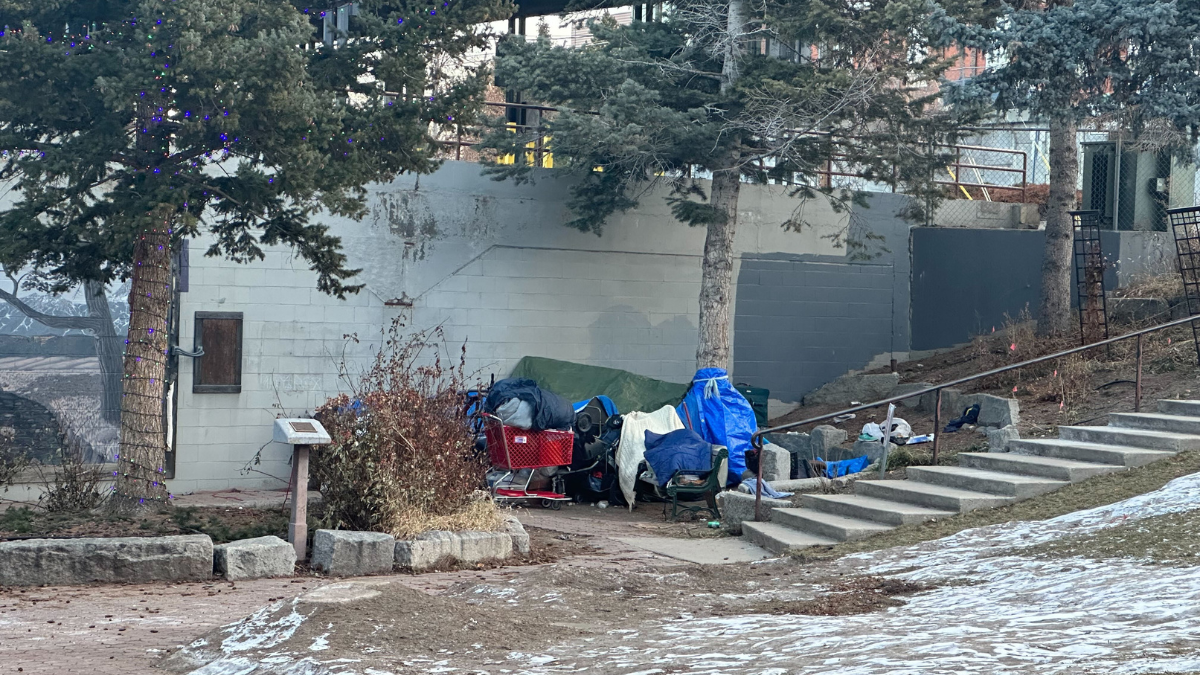The increases in Montana’s homeless population over the last few years are some of the largest jumps in the nation, according to the Department of Housing and Urban Development’s 2023 Annual Homelessness Assessment Report.
Between 2007 — when the nationwide annual tracking began — and 2023, the number of people experiencing homelessness increased in 25 states. Montana had the second-largest percentage increase in the number of people experiencing homelessness at 89% and the third-largest percentage increase from 2022 to 2023 at 45%.
“It’s not especially surprising,” said Sam Forstag, a manager with the Montana Coalition to Solve Homelessness. “Right now there’s a nationwide increase, but it sure makes sense that we’re leading the pack in most categories.”
Montana also led the pack in metrics on chronic homelessness, which refers to individuals who have frequent bouts of homelessness or have continuously been experiencing homelessness for over a year.
Between 2007 and 2023, Montana had the highest percentage increase in the number of individuals experiencing chronic patterns of homelessness at 551%. Montana was trailed by Rhode Island (334%), Idaho (275%), Maine (253%) and Washington (195%), according to the data.
Much of this data is based on a point-in-time survey, which is largely believed to be an imperfect tool to measure homelessness as it is prone to undercounting the number of people experiencing homelessness.
Still, those more recent numbers track with what providers are seeing on the ground in Montana.
The number of people experiencing homelessness in Montana’s seven major cities — Billings, Bozeman, Butte, Great Falls, Helena, Kalispell and Missoula — increased from 2021 to 2022 according to data collected by the service providers in those communities.
Kalispell saw a particularly dramatic increase from 654 individuals in 2021 to 1,049 the following year.
Chris Krager, executive director of Samaritan House, a Kalispell-based service provider that includes a homeless shelter, said that “the trends we are seeing are very similar to what the (federal) data shows.”
Krager has been the director of Samaritan House for 23 years. It was around the time of the COVID-19 pandemic, he explained, that the facility started hitting its capacity on a year-round nightly basis. Depending on how many children are in the families who arrive, the capacity can range from roughly 95 to 105 people.
“It just doesn’t ease up,” Krager said.
Forstag contends that some of the major drivers behind Montana’s imploding homelessness numbers are the dearth of affordable housing and the lack of behavioral health services in the state. Forstag also said that shelter directors from across the state say funding for more case managers is one of their main priorities.
A bill that would have in part helped hire more case managers passed multiple floor votes, but eventually died in committee this past legislative session. That failed legislation would have established $2 million in matching grants for in-house substance use treatment and case management.
That said, advocates fighting homelessness did see some success during the past legislative session: Lawmakers allocated $5 million for emergency shelter facility acquisitions and upgrades as a part of the state’s major infrastructure bill.
“It was a Band-Aid and a Band-Aid we needed,” Forstag said of the one-time funds.
Adequate shelters in Montana are particularly crucial during the winter months, where temperatures can plummet far beyond 0 degrees Fahrenheit. Over the last few years, a number of deaths of homeless people have been linked to the frigid temperatures.
“In Montana’s weather, homelessness can be fatal,” Krager said.

